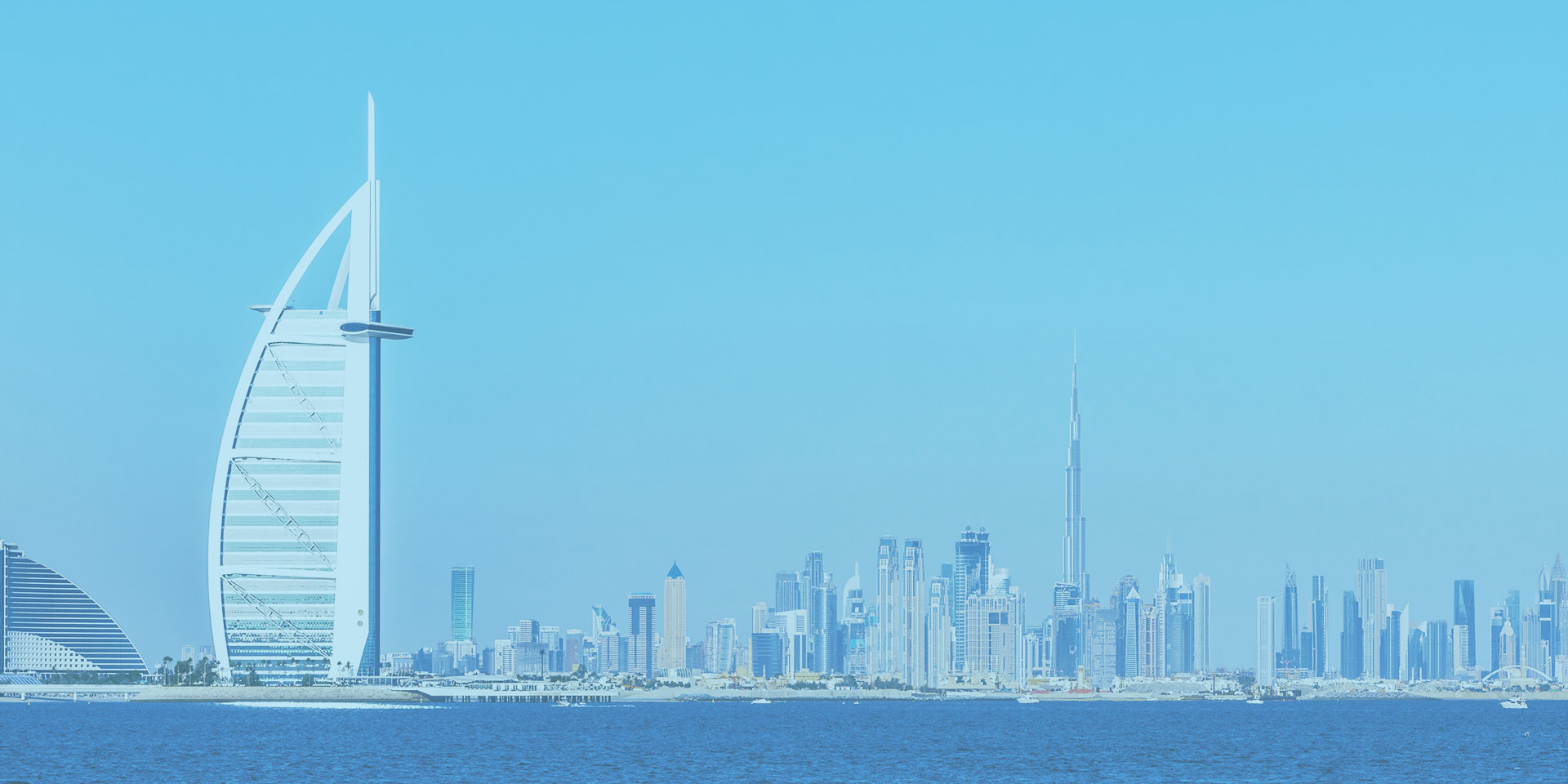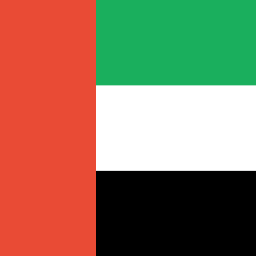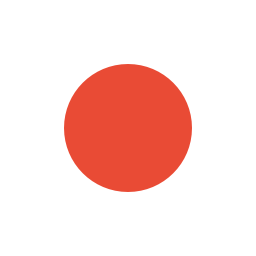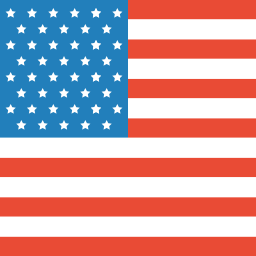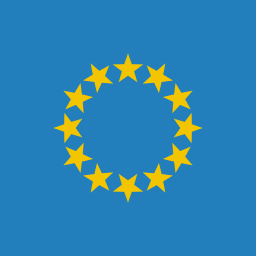Featured Questions
Q:How to apply for international trademark registration?
A:
1. Apply for registration in each country/region:
In which country/region the applicant's trademark needs to be protected, apply directly to that country/region through a local lawyer.
2. Application for international registration of Madrid trademarks:
At present, there are 107 member states of the “Madrid System”. Applicants who submit for international trademark registration through this method can submit an application to the International Bureau of the World Intellectual Property Organization through the trademark agency of the country of origin. Multiple member states can be selected in the list of member states of the Madrid system at the same time.
Q:The main advantages and disadvantages of Madrid System:
A:
The main advantages and disadvantages of Madrid System:
1. The procedure is pretty simple: only by submitting an application to the competent office and obtaining trademark protection in multiple designated countries at the same time, the application procedures are relatively simple, compared with the procedures for registration in one country at a time. It is more cumbersome.
2. The cost is relatively low: the cost of international trademark registration in Madrid includes three parts: one is the basic registration fee; the second is the cost of the designated country; and the third is the cost of the national trademark authority.
3. Convenient follow-up management: for procedures such as renewal, change, transfer, etc., only one application can be submitted for processing, which is convenient for unified management.
4. The risk is relatively high: although multiple contracting parties can be designated in one application, the trademark legal systems of various countries are different. In the process of examination by the competent trademark authorities of each country, the examination must be carried out in accordance with the examination standards of the country, and the Madrid registration application cannot simultaneously meet the many requirements of various countries for trademark description, trademark interpretation, commodity classification, commodity specification, etc., Which may lead to the issuance of examination opinions or rejection opinions by the competent trademark authorities of various countries.
5. The stability of rights is weak: if the trademark of the country of origin is invalid or partially invalid, the protection obtained by the international registration will also be invalid in whole or in part.
Q:When applying for the international registration of Madrid trademarks, can the pattern or color of the trademark be changed?
A:
No. The required trademark pattern is exactly the same as the pattern of the basic trademark, and the color is exactly the same. If the basic trademark is a black and white pattern, the Madrid application also must be a black and white; if the basic trademark is a color pattern, the Madrid application also must be a color one.
Q:Can applicants from Hong Kong, Macao Special Administrative Regions and Taiwan apply for Madrid system through the Trademark Office?
A:
At present, applicants from the Hong Kong and Macao Special Administrative Regions cannot apply for Madrid through the Trademark Office. Applicants in Taiwan who have a registered trademark or a trademark that has been submitted for application and obtained a notice of acceptance or a trademark certificate at the China Trademark Office may apply for registration through the China Trademark Office.
Q:Which countries are included in the EU trademark?
A:
The 27 member states of the European Union are: Germany, France, Italy, Belgium, Luxembourg, Denmark, Sweden, Spain, Portugal, Finland, Greece, Austria, the Netherlands, Ireland, Cyprus, the Czech Republic, Estonia, Hungary, Latvia, Lithuania, Malta, Poland, Slovakia, Slovenia, Romania, Bulgaria, and Croatia.
Q:What are the advantages of EU trademark registration?
A:
1. Low cost. Compared with the need to apply for registration separately in each member state, EU trademark registration only needs to be applied for registration once, which saves a lot of costs.
2. Strong protection. If an EU trademark is successfully registered, it can be protected in all EU member states, and rulings on related trademark cases will be implemented in all EU member states.
3. After the EU trademark is successfully registered, it can be used in any member state of the EU, which is sufficient to counter the application for cancellation on the grounds of unused trademarks.
Q:How long does it take for an EU trademark registration to be approved?
A:
The EU trademark registration time can be successfully registered within an average of 5 months. It includes five stages: filing a trademark application, accepting a trademark application, trademark examination, trademark notice, and receiving a trademark certificate. If there are trademark corrections, trademark rejections, trademark objections, etc. during the application or examination process, there will be corresponding time processes based on the actual processing.
Q:What are the basis for applying for U.S. trademarks?
A:
The basis for applying for U.S. trademarks can be roughly divided into the following three types:
(1) “Already used”: This method is mainly applicable to situations where the applied trademark has been used in the United States. Proof of use must be submitted at the same time when submitting the application. In order to save procedures and costs, more domestic applicants currently use this method, but for applicants who have not actually used it, they need to bear the integrity risk.
(2) ”Intention to use": This method is mainly applicable to situations where the trademark is applied for and intends to be used in the United States. Relevant proof of use can be submitted within the specified time after passing the examination, and additional fees are required.
(3) "Certificate-based": This method is mainly applicable to cases where a trademark certificate has been obtained in China, and the content of the domestic application for this trademark is submitted for U.S. trademark registration. The content of the application must be exactly the same as the content of the trademark certificate.
Q:How can I know if I have really submitted an application for registration abroad?
A:
After receiving the entrustment of the international trademark registration application, we will go through the registration procedures as soon as possible and submit the application to the competent trademark registration authority of the designated country. The blind period for international trademark registration is short, and it is usually entered in the official database within one or two weeks. After the application is submitted, our staff will assist you in inquiring the trademark information entered by the official. In addition, after receiving the trademark registration application, each trademark authority will issue a receipt in writing or electronic data, and we will forward the receipt to the client in a timely manner.









